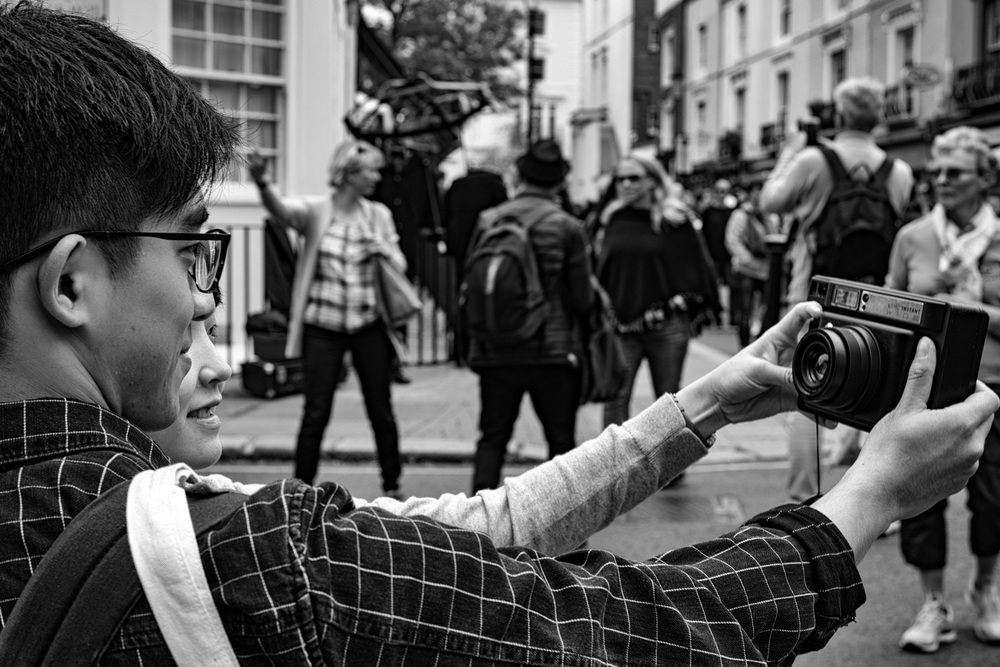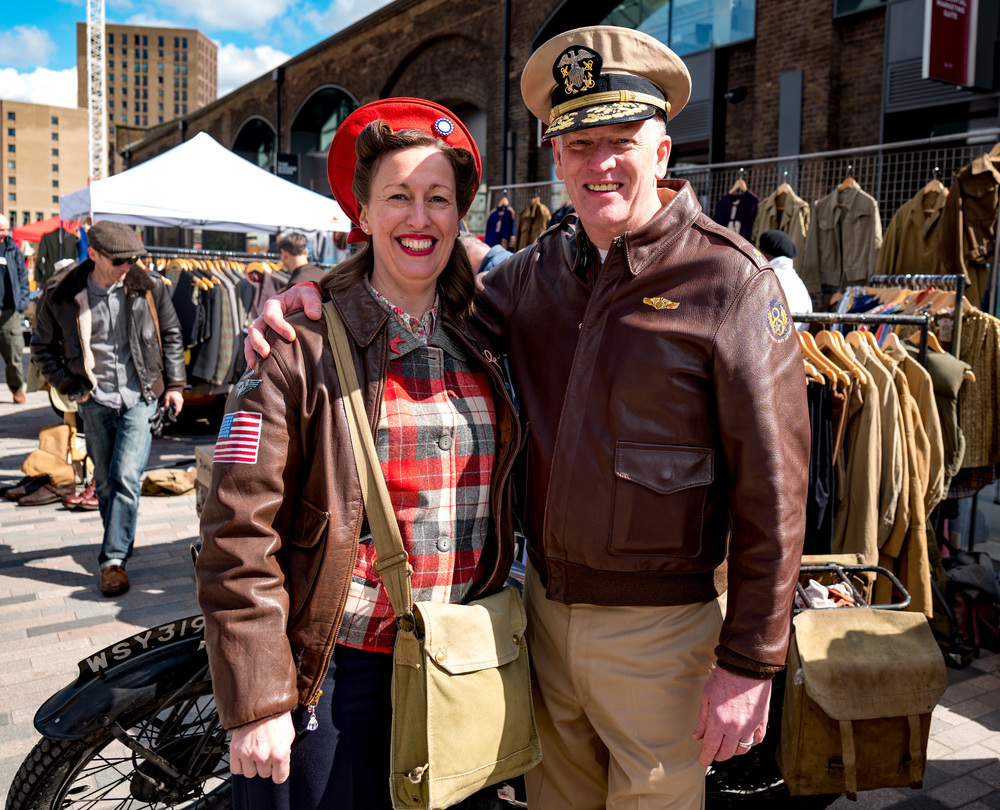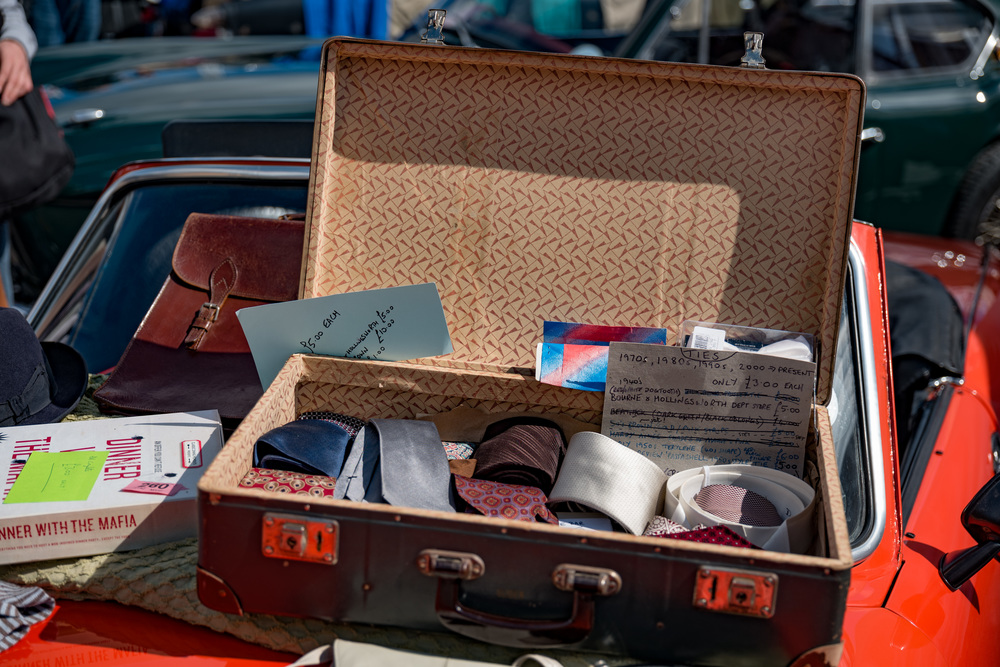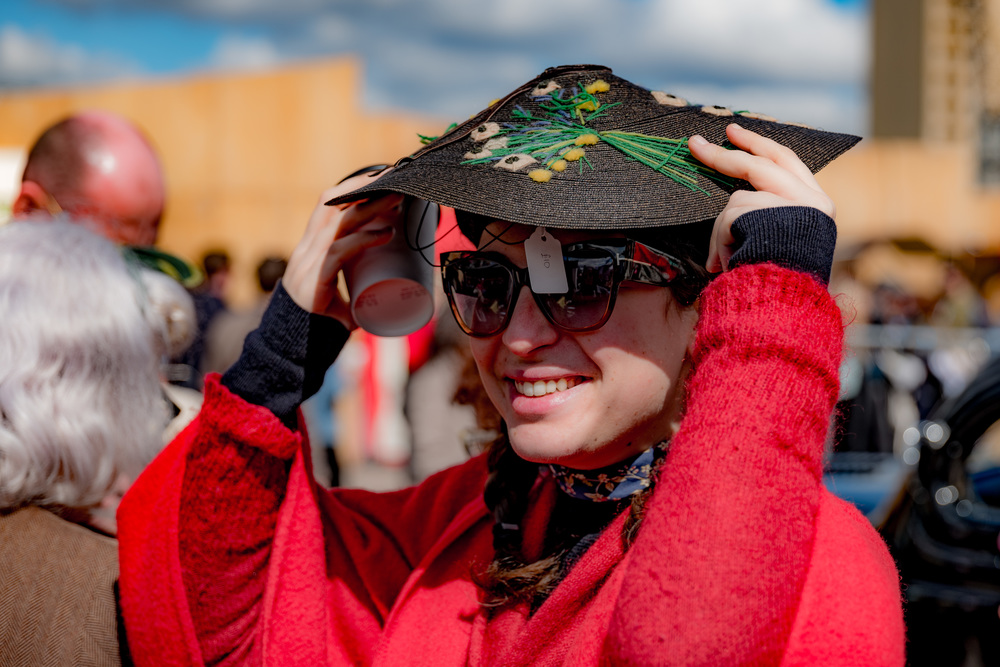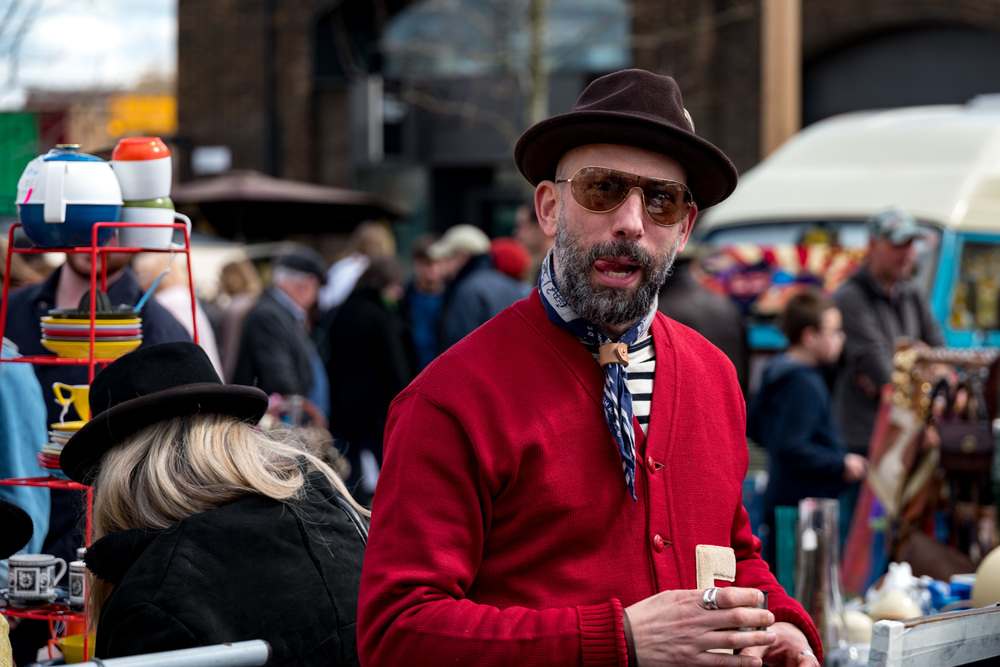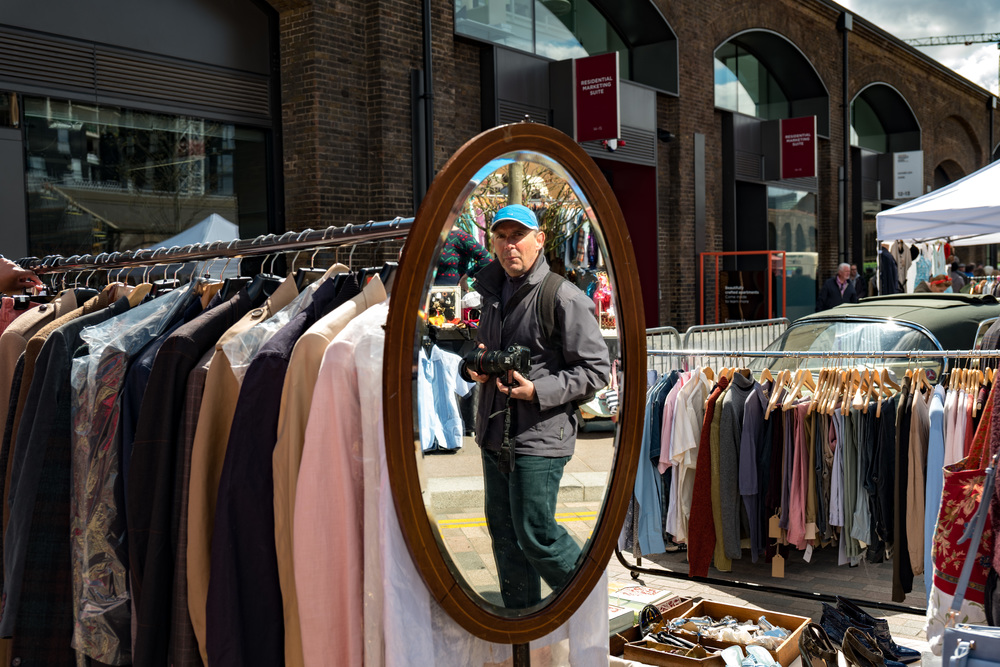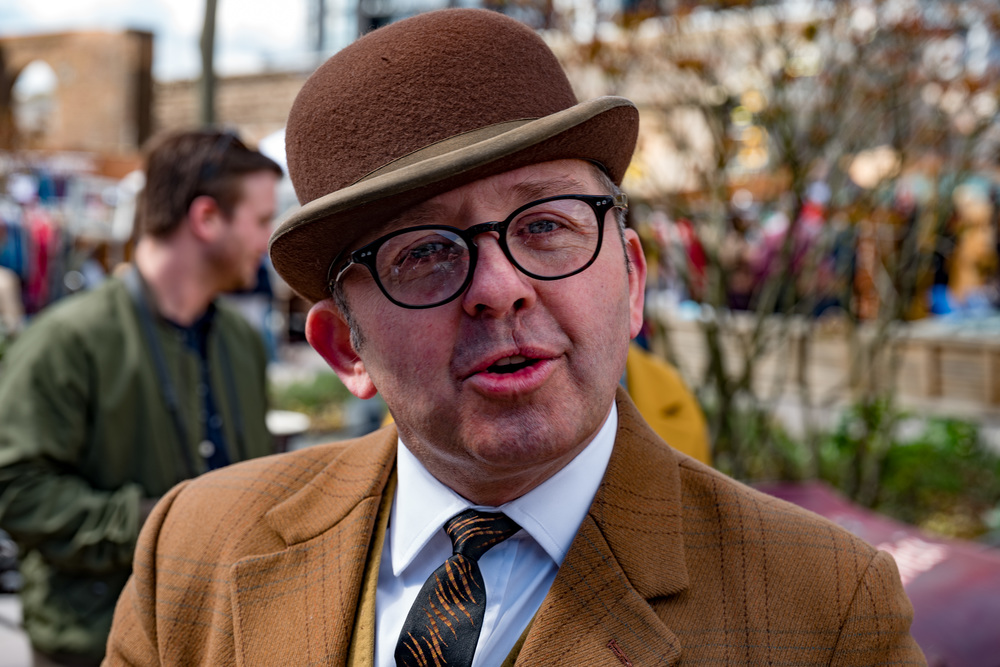
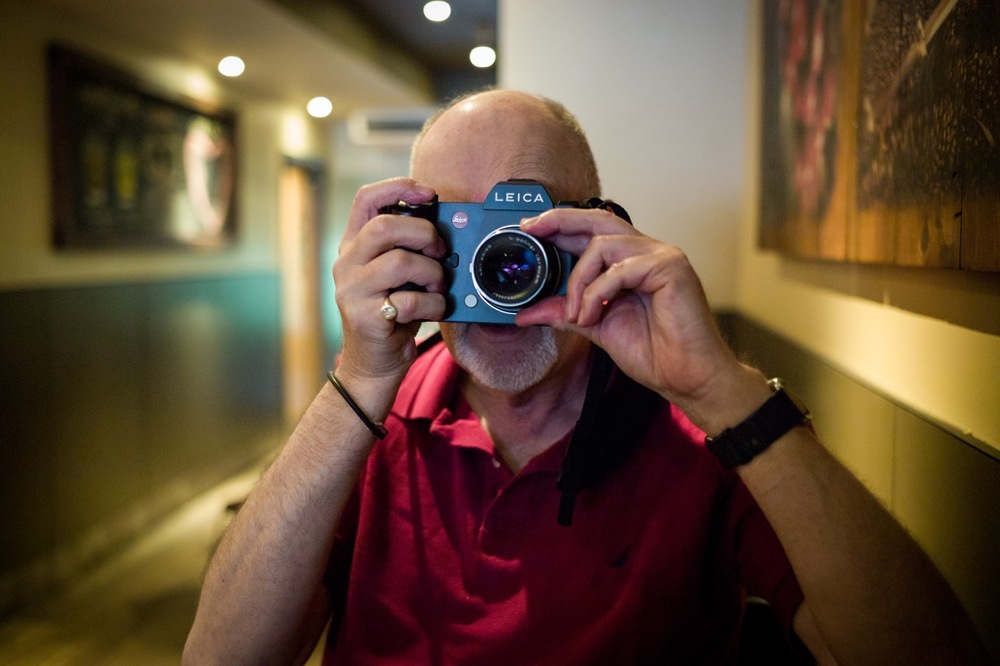
At first glance the Leica SL is not everybody’s idea of a perfect street camera. Especially not when it is wearing that rather large and threatening 24-90mm zoom, with an equally threatening name: LEICA VARIO-ELMARIT-SL 24–90 mm f/2.8–4 ASPH. But dress it with something more modest and we could be in business.
I just love the SL as an all-round camera that does everything. It’s a no-compromise beast that, in my mind, perfectly complements the no-nonsense simplicity and sense of purpose of the new screenless Leica M-D. With these two cameras you are set for some serious action.
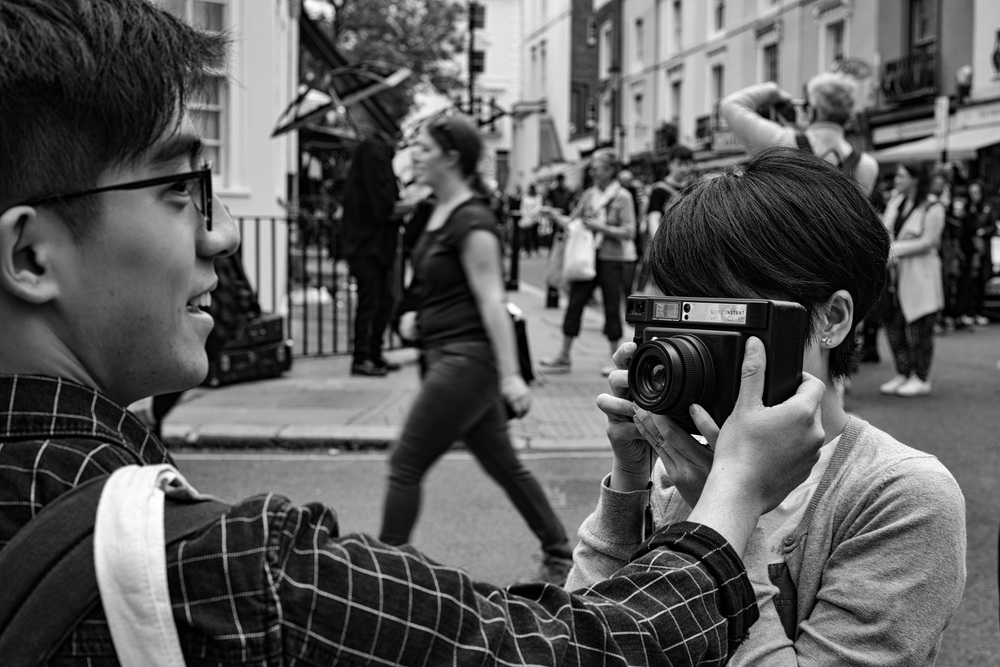
What is the ideal street camera? Popular prejudice turns immediately to the Leica M3 with a classic 50mm lens. Such as Adam Lee’s beloved 1957 double stroke and his glistening contemporary dual-range Summicron.
In the digital world, however, the new Leica M-D makes a fair bid for the crown. Simple, not too heavy, beautiful, lust-worthy, the M-D is almost the perfect digital street camera.

So how does the SL fit in? It’s a slab-faced, rather angular beast that looks heavier than it is (as opposed to the M which is heavier than it looks) and seems like it wouldn’t rank high in the street stakes. But you would be wrong to discount it.
For one thing, the SL is a very well sorted camera that is easier to carry than it has any right to be. The commodious and comfortable hand grip sees to that; and the new Thumbs Up rear grip I added to my camera just brings a little more to the party. You can dangle it on a wrist strap with no more effort than when carrying an M (if you have a wrist strap, that is) and the better grip means that it feels no more of a burden despite the extra weight.
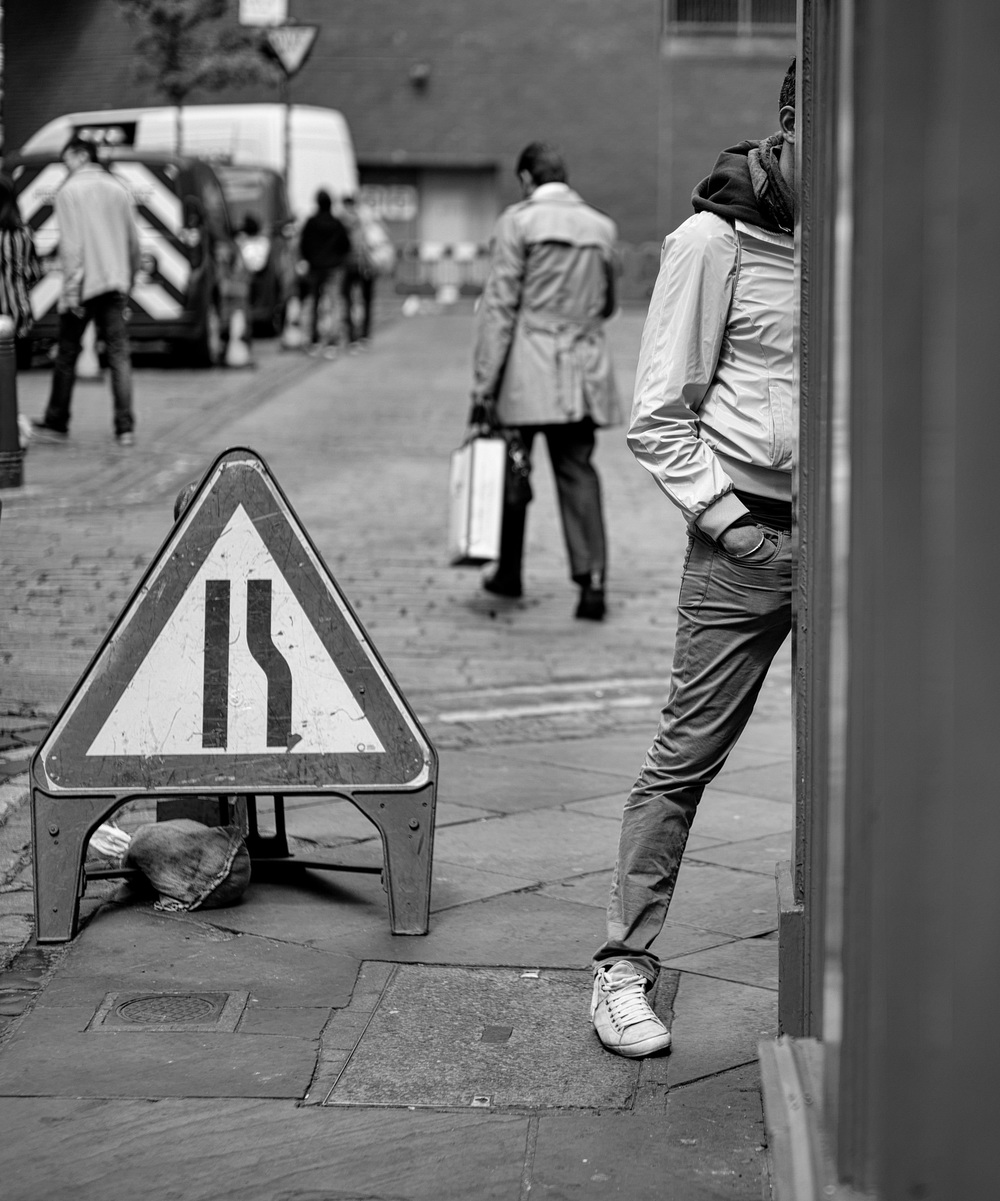

Furthermore, not everyone thinks the traditional rangefinder focus is the cat’s pyjamas. I do, but others may not. The SL offers the most pixel-perfect and cinemascopic electronic viewfinder imaginable (for the moment, that is). It is verily the Ben-Hur of viewfinders. It copes well with both standard fields of view and, when needed, ultra wide angle or telephoto. The SL is also a camera that can be turned instantly into a DSLR buster by adding one or other of the two Pinnochio’s-nose-sized zooms. Then, of course, you won’t be dangling the thing on a wrist strap.
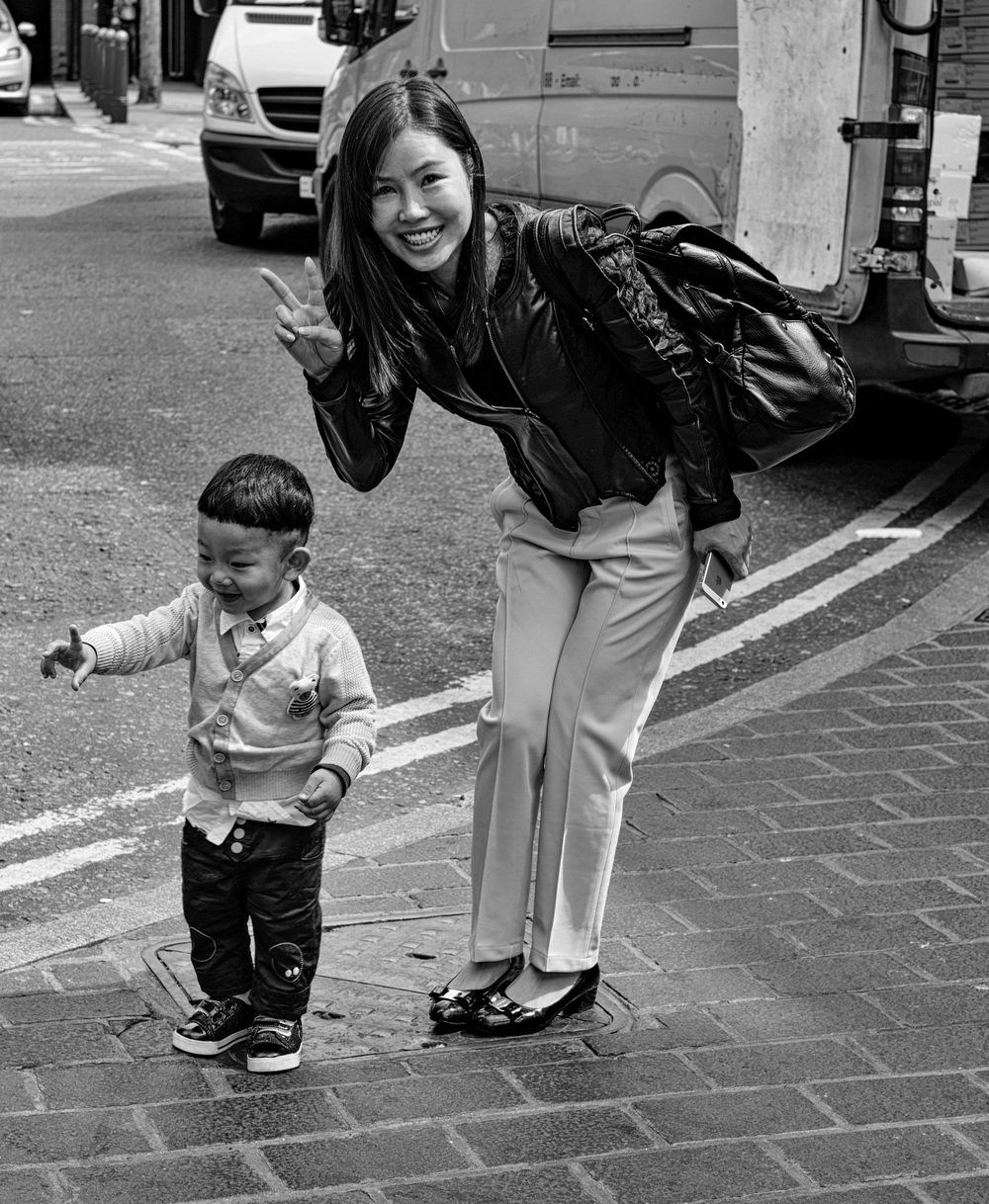

When you check the statistics, the SL isn’t all that much heavier than an M yet offers more gripability and, dare I say, handling comfort. To really compare you have to add the Leica grip to the M and then recheck your calculations. A minimum outfit, with the tiny 28mm Elmarit (a super street lens if you can cope with the wide angle) is actually quite comparable in weight. There’s about 170g in it.
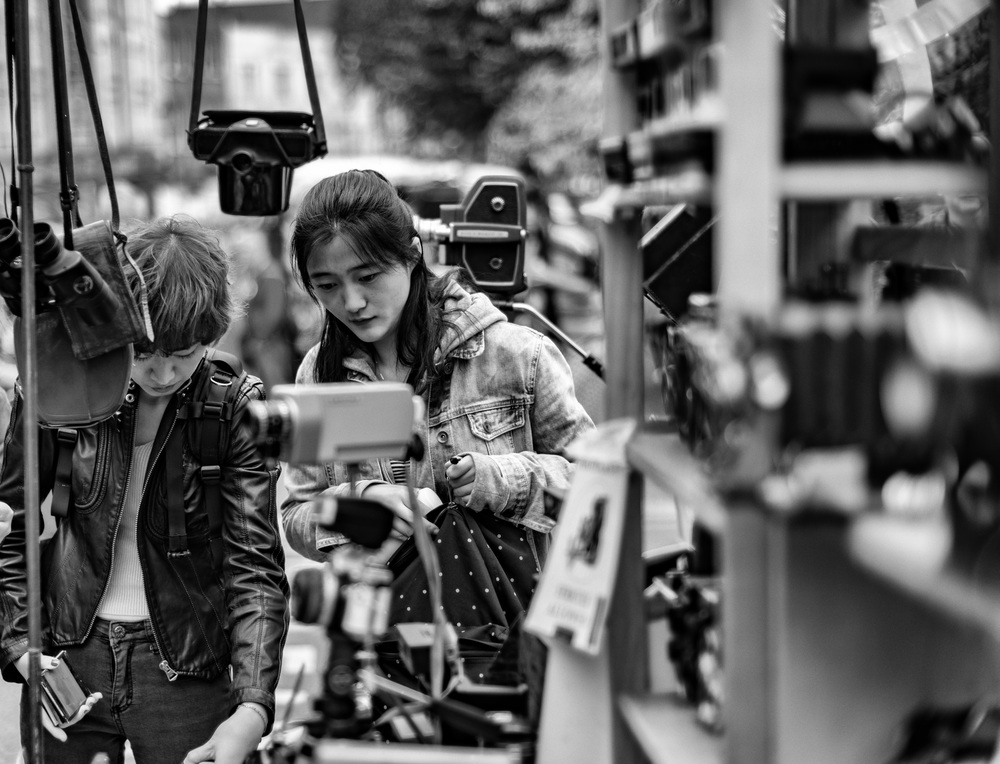
Although the SL looks considerably bigger than the M240, put the two together and you find it is actually narrower (37mm to 39mm). It is 5mm higher, excluding the viewfinder hump, and 8mm longer. If you take into account the hump and the grip, the overall height is 105mm and depth is 67mm. Still manageable.
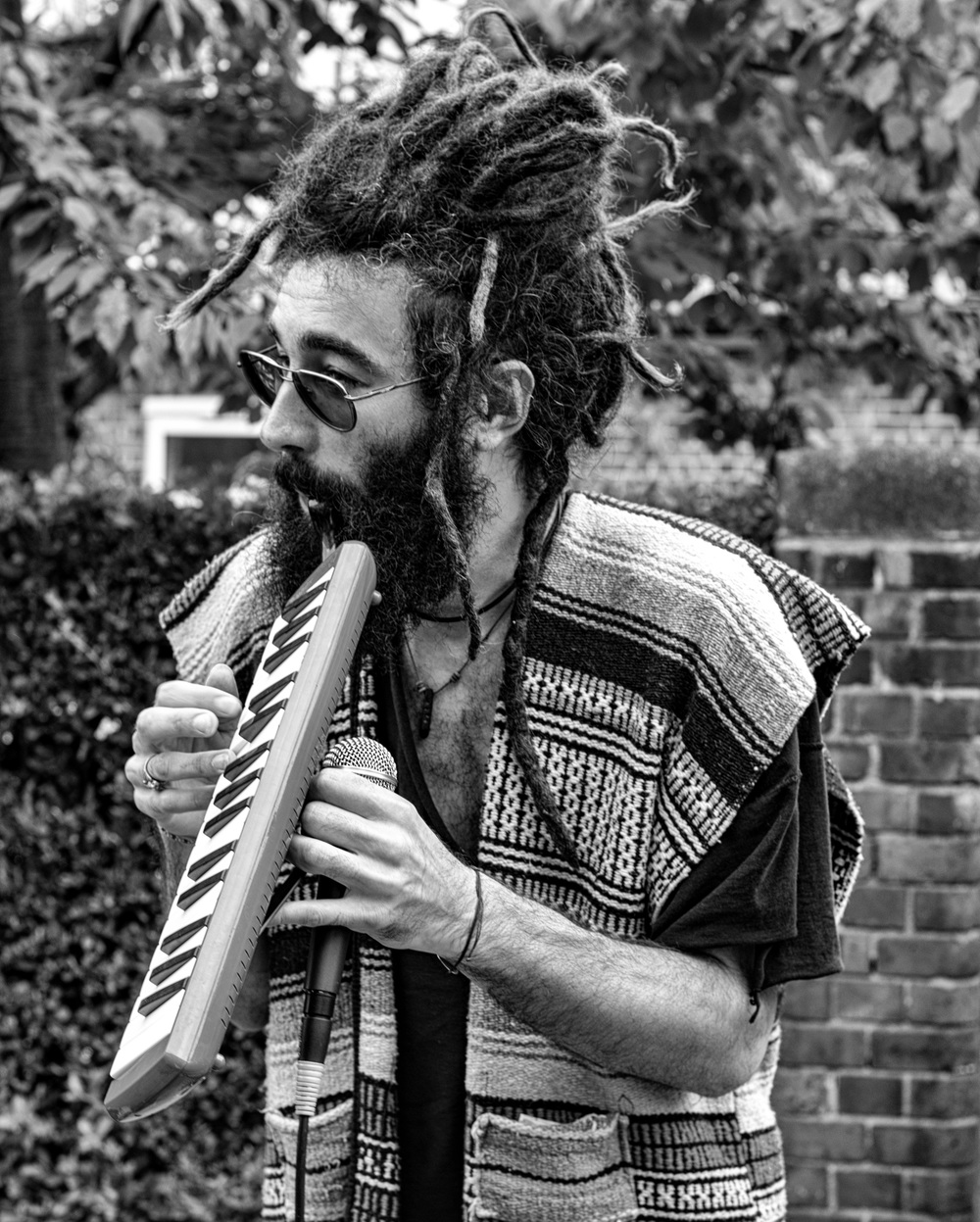
Over the past couple of weeks I’ve been using the SL and two M-mount lenses—the 50mm f/1.4 Summilux ASPH and the 50mm f/1.5 Zeiss Sonnar which Zeiss kindly sent in for review. I find the SL fits in really well with these manual lenses. If you think the large LEICA legend is a bit intimidating you can always wield the black tape. In reality the SL is no more threatening than the M and offers a great deal more versatility. As an aside, I’ve had more people than usual coming up to ask about the camera. Even some Leica owners were bemused by the new beast.
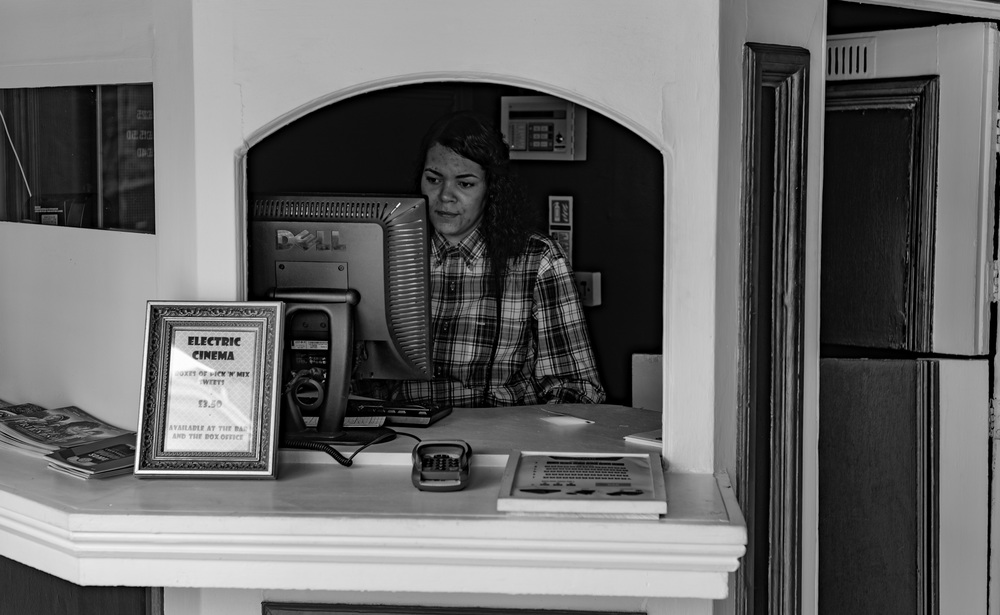
While I still believe the rangefinder is the easiest and most accurate way of focusing, it does have its drawbacks. Shooting wide open, a technique that is sometimes effective, can be difficult with some lenses on the rangefinder when focus is critical (the 50 Lux, Noctilux and the Zeiss Sonnar spring to mind). And wider or longer lenses on the rangefinder present their own problems. Admittedly, though, most of the time a slower 35 or 50mm prime is ideal for street work. Then, the rangefinder excels.
And a few shots with the Leica Vario-Elmarit-SL 24-90 zoom
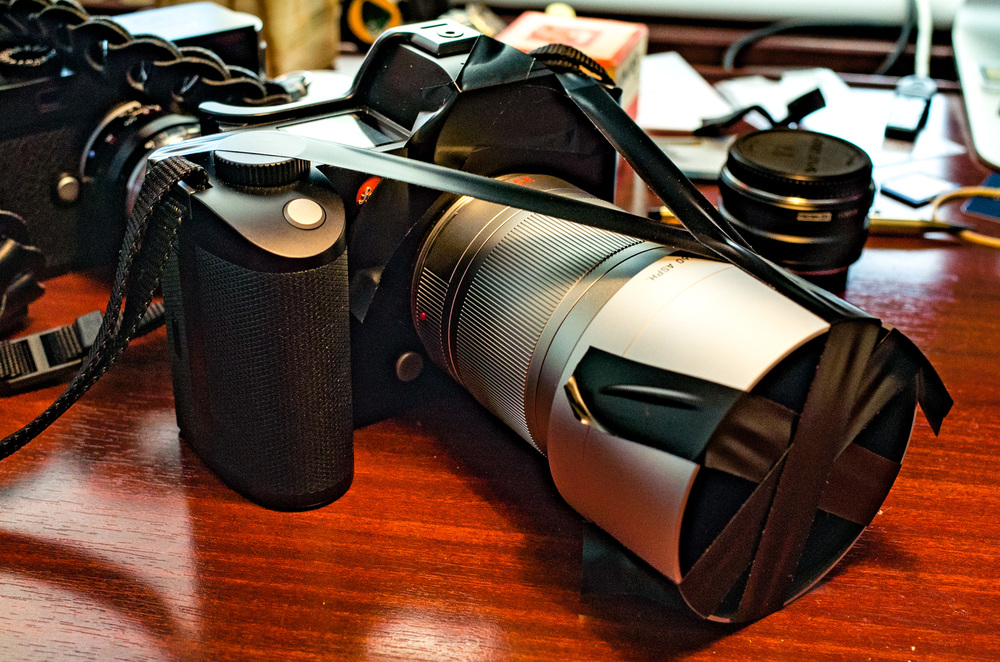
But the SL offers a thoroughly versatile package. It can play at being an M with a standard prime or it can offer a lot more with ultra-fast, wide or long manuals or even the home-grown zoom lenses such as the LEICA VARIO-ELMARIT-SL 24–90 mm f/2.8–4 ASPH. It can even handle the relatively compact T lenses and glass from many other manufacturers using an adapter.
The SL sails through with flying colours and tackles M lenses, in particular, with aplomb. About the only downside is the need to prod the joystick to bring up focus magnification. That said, I find the viewfinder is so good that magnification is necessary only when focus is absolutely critical, such as with portraits.
I believe the SL is the digital bells-and-whistles companion to the spartan M-D. The two give you the absolute best of both worlds, a camera to suit your mood and the occasion.
As a street camera, then, the SL should not be ignored. I know it is heresy to M3 fanciers, but I actually like the SL for street shooting. It feels good in the hands, it works like a dream and it produces superb results.
Case closed but not nailed down. Contrary views welcome. Discuss.
- Subscribe to Macfilos for free updates on articles as they are published. Read more here
- Want to make a comment on this article but having problems? Please read this

